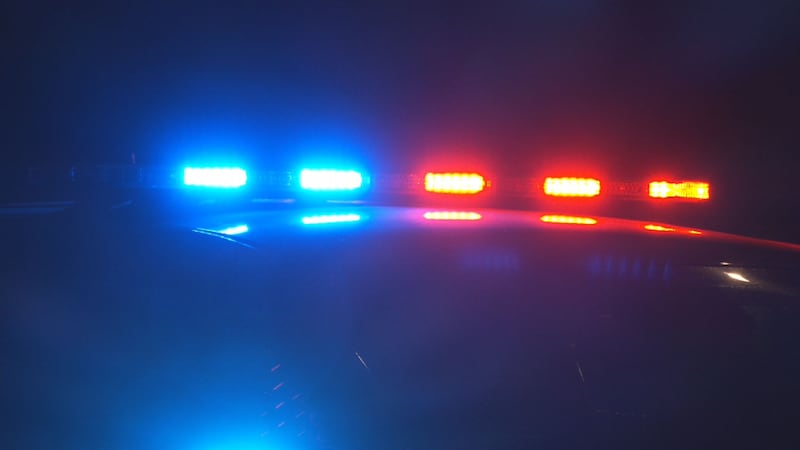The cataclysmic earthquake that has weighed on the shoulders of many Pacific Northwest residents finally hits.
Buildings are crumbling and people on the West Coast are heading for higher ground as an impending tsunami rushes toward shore.
When the shaking finally finishes and people have a chance to collect themselves, they check their supplies.
Some are prepared. Others, however, haven’t stored enough water or food and head out for any business that is still operable. But there’s another problem: roads are severely damaged and bridges around the state are either too dangerous to cross or have collapsed completely.
During the largest preparedness drill in Washington's history, the Washington State Department of Transportation was holding nothing back when it comes to being ready for "the big one."
Related: Major Gen. says ‘the big one’ will be a ‘catastrophe we have never seen’
Pretending there was an earthquake the likes of which we’ve never experienced in the Northwest, WSDOT faced the responsibility of tackling a crumbling infrastructure across the state. While pieces of Interstate 5 were completely destroyed, cutting off the state’s main north-south route, the agency also dealt with 72 collapsed bridges and 47 more that were unstable or otherwise closed. More than 100 roads closed and another 56 had restrictions due to heavy damage.
Many people will be on their own as first responders prepare themselves for what could be the biggest challenge of their careers. And when people attempt to become mobile once again, they will realize the infrastructure they once took for granted is unrecognizable and, most likely, unusable.
Exactly how many roadways and bridges will be rendered completely unusable will only be known when a major earthquake actually hits.
The number of bridges in "poor" condition in the state was 141 in 2014, according to state reports. That means more than 100 bridges with deficiencies, such as section loss, deterioration, scour, or "seriously affected structural components." There are 17 "structurally deficient" bridges in King County alone, according to state reports. There are nine in Pierce County and six in Snohomish County.
It’s important to point out that they are still safe for everyday travel right now.
In total, there are about 7,000 bridges on state, city and county road systems. Most, according to WSDOT, are inspected every two years. All states must perform periodic inspections of bridges greater than 20 feet in span on at least a biennial basis.
If — or, maybe more accurately, when — a magnitude-8.7 or higher quake hits, the state is hoping the training it underwent will help. Life-safety access will become the top priority as crews clear roads for first responders and other essential vehicles. All public traffic will be halted after a major disaster, according to WSDOT, “even for the very understandable response of wanting to try and reach loved ones.” Those roads will not reopen to the public for some time.
“Much as we’d like to, there’s no way to quickly recover from such devastating destruction,” WSDOT reports. Recovery from a huge earthquake will be “a marathon, not a sprint.”
Thankfully, local law enforcement and fire departments won't be on their own. The Washington National Guard, for example, took June 7-10 to train for such an event. And thanks to the region's unique geography, first responders and military agencies will be able to utilize waterways to help those who become stranded.
After all the training that’s been done, now all we need is an earthquake to put that preparation to the test. The last major quake and tsunami from the Cascadia Subduction zone occurred more than 300 years ago. The fault is about 800 miles long and stretches from B.C. to Northern California.
Though some roads will be rendered unusable by a massive quake, there's one place in in Seattle that may very well be the safest place during a disaster. Just think tunnel.
The latest earthquakes recorded in Seattle and the Pacific Northwest
Cox Media Group






